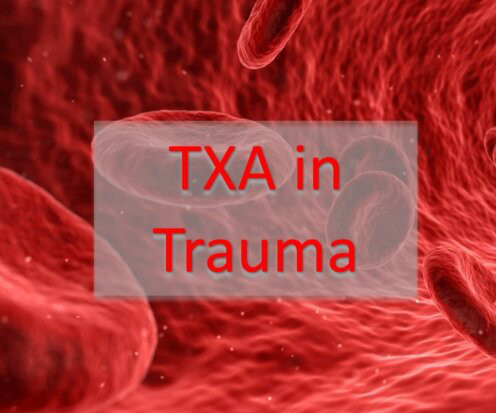52 in 52 – #36: Randomized Trial of Three Anticonvulsant Medications for Status Epilepticus
EMDocs
MAY 25, 2023
Design: Multi-centered, double-blinded, randomized trial PICO: Population: Inclusion Criteria: Age 2 years and older Must have been treated with a specified minimum dose of certain benzodiazepines for generalized convulsive seizures: Intravenous or rectal diazepam 0.3 mg/kg or 10 mg Intravenous lorazepam 0.1












Let's personalize your content